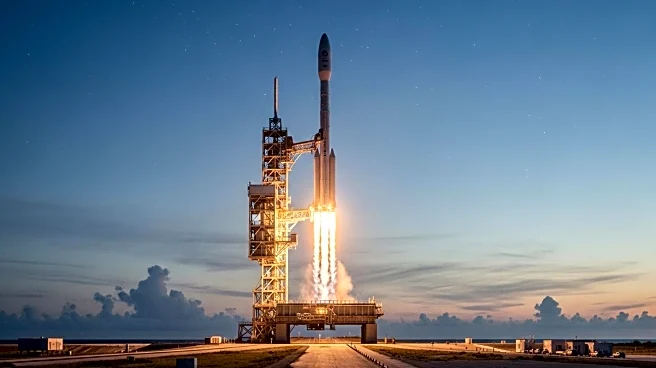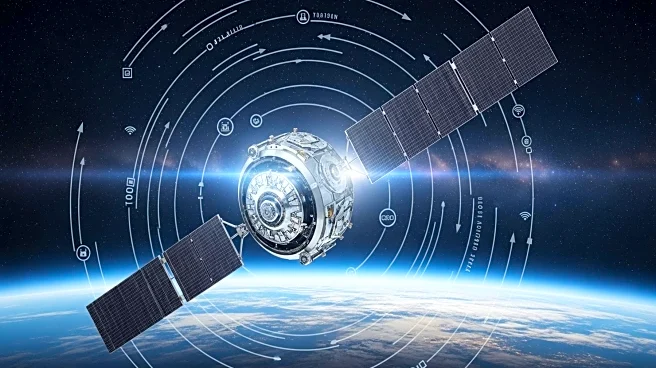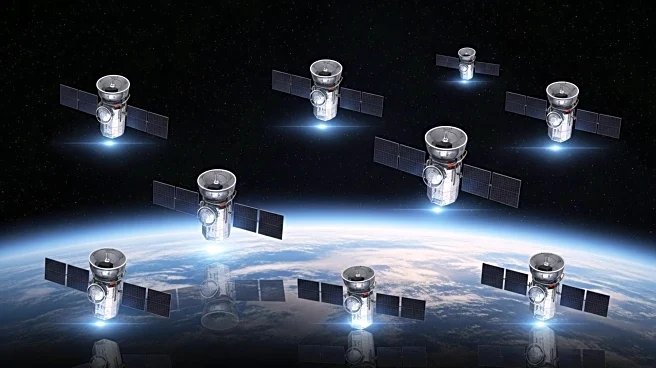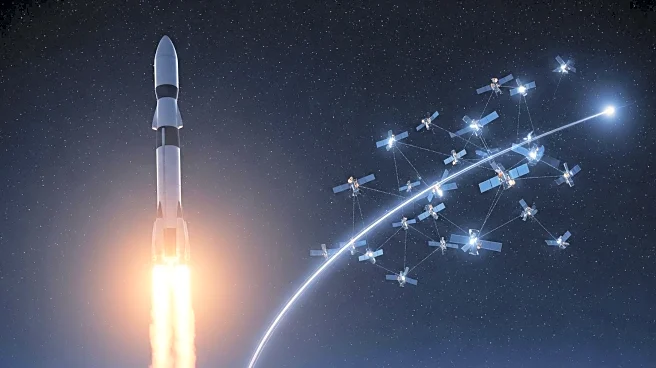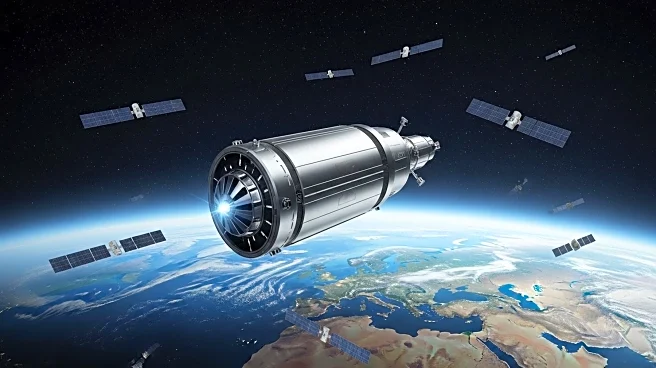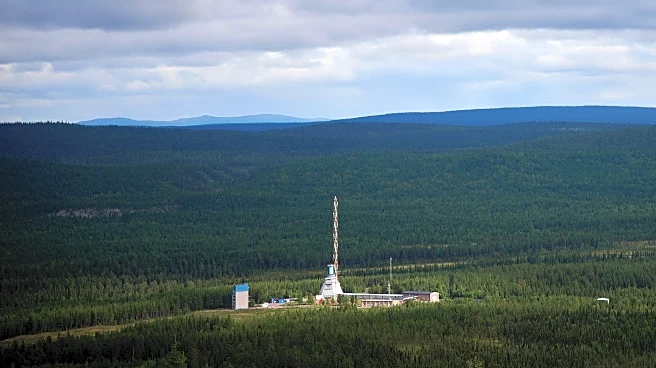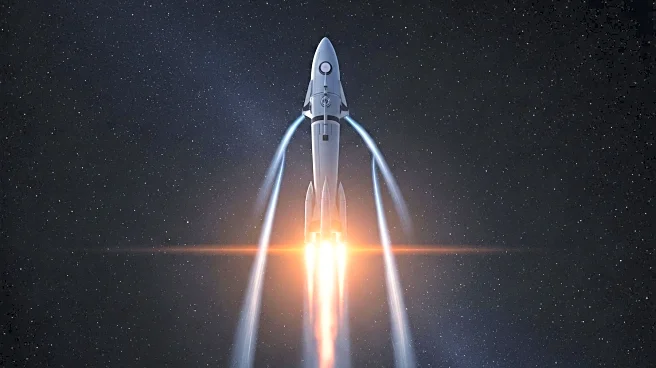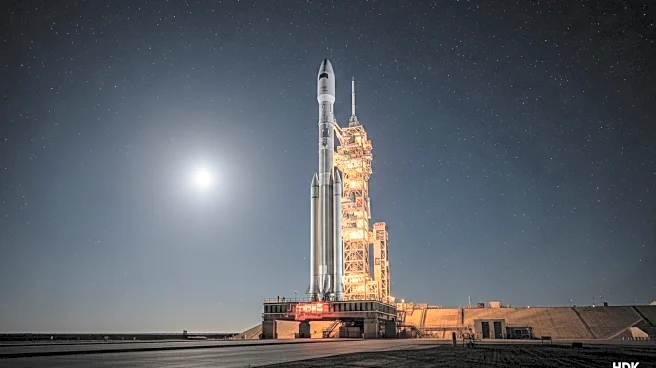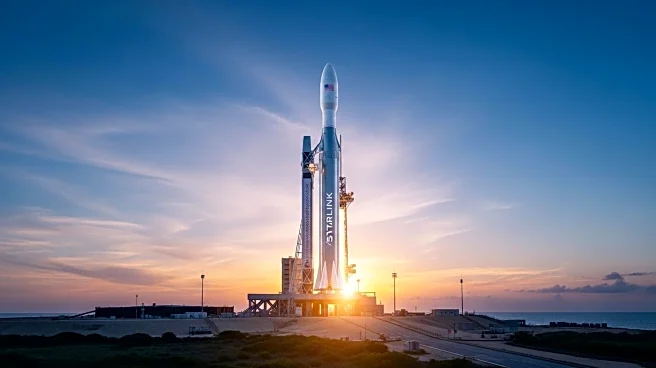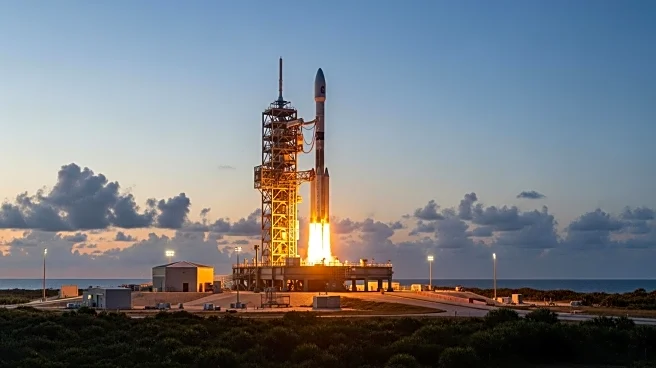What's Happening?
SpaceX is preparing for consecutive rocket launches from Cape Canaveral, Florida, scheduled for midweek. The first launch, Starlink 10-22, is set for 7:06 a.m. on Wednesday, September 3, from Launch Complex 40 at Cape Canaveral Space Force Station. The second launch, Starlink 10-57, is planned for 7:18 a.m. on Thursday, September 4, from Pad 39A at NASA's Kennedy Space Center. Both missions will deploy batches of Starlink internet satellites, contributing to SpaceX's growing satellite constellation. The launches will follow a north-easterly trajectory, and the Falcon 9 boosters will land on drone ships stationed in the Atlantic Ocean, avoiding sonic booms over the Space Coast.
Why It's Important?
These launches are part of SpaceX's ongoing efforts to expand its Starlink satellite network, which aims to provide global internet coverage. The successful deployment of these satellites will enhance connectivity, particularly in remote and underserved areas. The missions also demonstrate SpaceX's capability to conduct frequent and reliable launches, reinforcing its position as a leader in commercial spaceflight. The economic implications include potential growth in the satellite internet market and increased demand for SpaceX's launch services.
What's Next?
Following these launches, SpaceX will continue its aggressive schedule of satellite deployments, with more missions planned in the coming weeks. The company is likely to focus on optimizing its satellite network and expanding its customer base. Stakeholders, including internet service providers and global telecommunications companies, may respond by exploring partnerships or competitive strategies to leverage or counter SpaceX's expanding influence in the satellite internet sector.
Beyond the Headlines
The expansion of the Starlink network raises questions about space traffic management and the long-term sustainability of satellite constellations. As more satellites are launched, concerns about orbital debris and the potential for collisions increase. Regulatory bodies and international organizations may need to address these issues to ensure safe and sustainable space operations.
